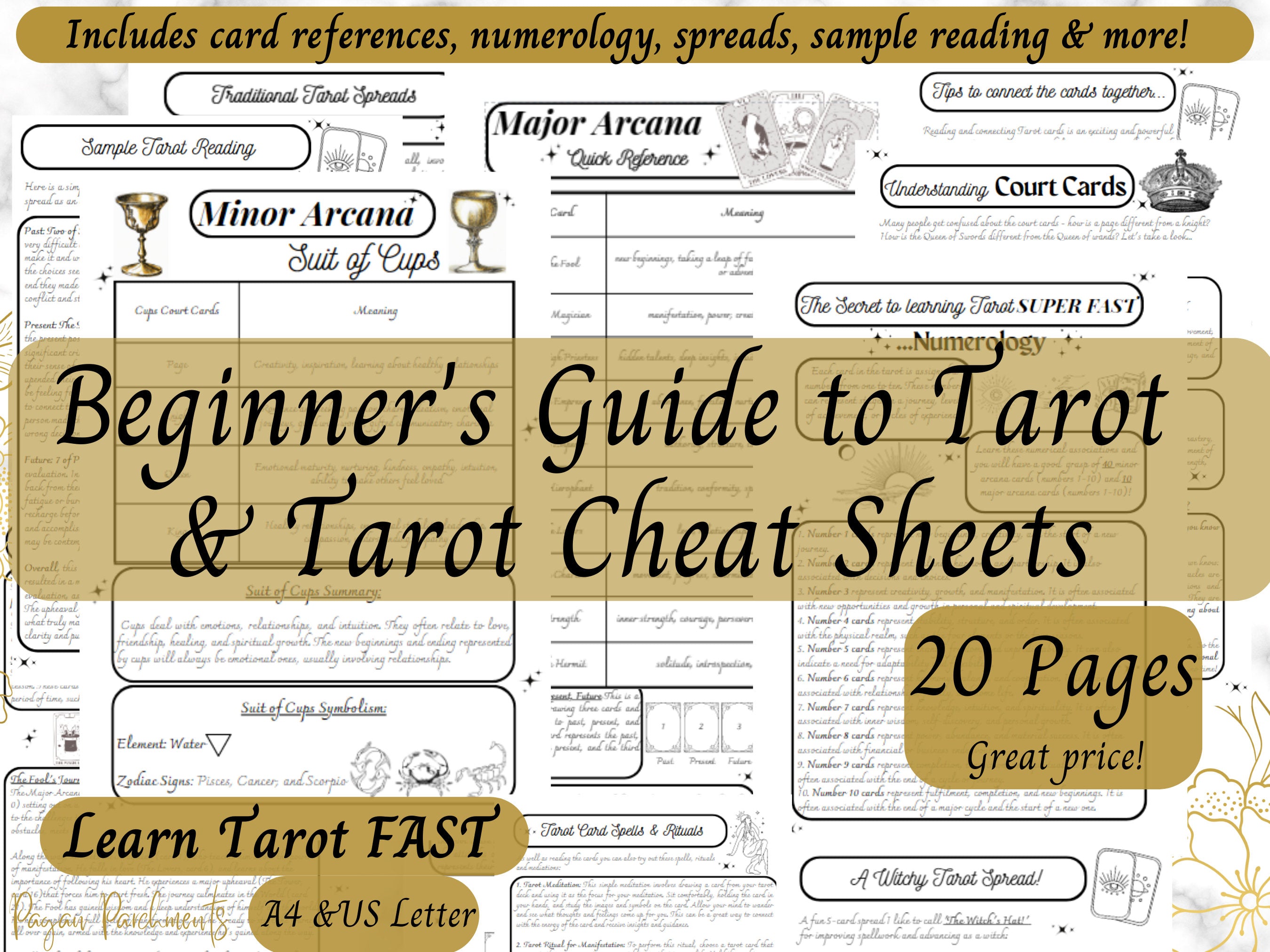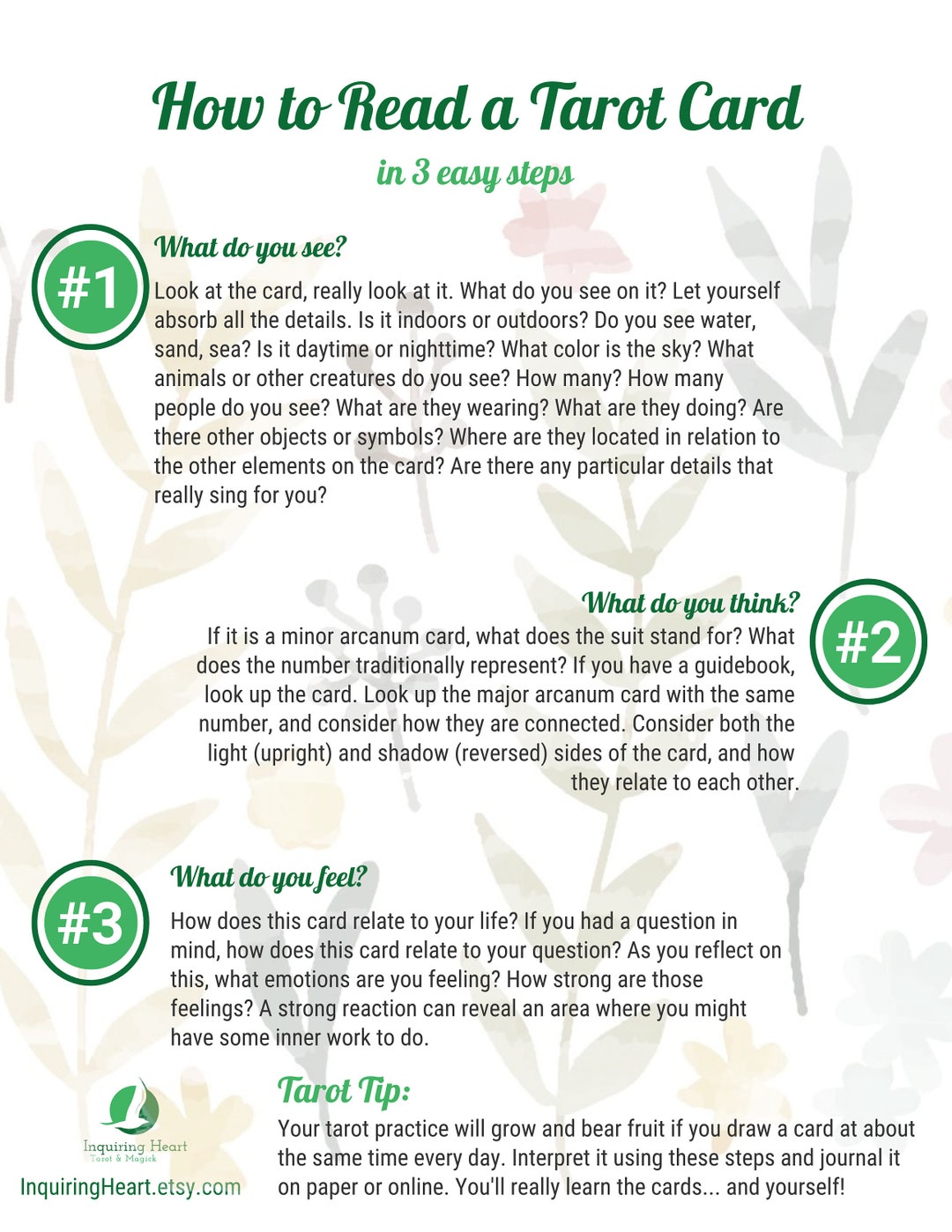Alright, so I wanted to figure out this whole tarot card reading thing. I’d seen it around, looked kinda cool, but I wasn’t about to drop a load of cash on courses or fancy books right off the bat. My first move? I hit the internet, and pretty soon I stumbled across a few PDFs. One of them, probably titled something super generic like ‘how to read tarot cards pdf’, seemed like a good starting point. So, I downloaded it.

My First Look-See
Opening that file, I remember thinking, “Whoa, this is a lot.” Pages and pages, you know? Symbols, descriptions, layouts. It felt a bit like trying to learn a whole new language from a dictionary. Honestly, it was a bit overwhelming. I scrolled through, saw all these Major Arcana characters – The Fool, The Magician, The Empress – and then heaps more for the Minor Arcana. Cups, Wands, Swords, Pentacles… my head was already spinning.
Breaking It Down
I figured the only way to tackle this was piece by piece. I wasn’t going to memorize the whole PDF in one go, that’s for sure.
- I started with the Major Arcana. Tried to get a feel for each card’s main idea. I’d read the PDF’s description, then just look at the card image (I bought a simple deck pretty early on, helped to have physical cards alongside the PDF).
- Then I moved onto the Minor Arcana. Suit by suit. The PDF explained what each suit generally represented – emotions for Cups, action for Wands, thoughts for Swords, and material stuff for Pentacles. Then the numbers, one to ten, and the court cards. That was a slog, I tell ya.
- Spreads were another section in that PDF. I didn’t even try to get fancy. I stuck with a basic three-card spread: past, present, future. The PDF had instructions, and I just followed them like a recipe.
The Clunky Practice Phase
So, armed with my PDF and my new deck, I started trying to do readings. For myself, mostly. And let me tell you, those first few attempts were… rough. Super clunky. I’d lay out the cards, then have the PDF open on my tablet or laptop, constantly looking up meanings. “Okay, Three of Swords, what was that again?” Flip, flip, read. “And reversed? Oh boy.” It took forever, and it didn’t feel very magical, more like homework.
I kept that PDF handy for every single reading for weeks, maybe months. It was my crutch. I’d try to guess the meaning first, then check the PDF. Sometimes I was close, other times way off. There were definitely moments I thought, “This is too hard, I’m not getting it.”
When Things Started to Click (A Little)
Slowly, very slowly, things started to shift. I’d pull a card, and an idea or a feeling would pop into my head before I even thought about opening the PDF. It wasn’t always a full-blown meaning, maybe just a keyword or an image. That was a big deal for me. It felt like my brain was finally starting to connect the dots on its own, not just regurgitating what the PDF said.

The PDF gave me the building blocks, the basic vocabulary. But the real learning, for me, came from just doing it. Over and over. Seeing how the cards interacted with each other in a spread. The PDF might tell you the individual meaning of the Five of Cups and The Sun, but seeing them together in a reading for my situation started to paint a different picture than just two separate definitions.
Where I’m At Now
Do I still use that PDF? Not really, not for everyday readings. I’ve read more books since then, talked to other people, and mostly rely on my own understanding and intuition that’s built up over time. But you know what? I still have that original PDF saved on an old hard drive. Sometimes, if I’m teaching a friend the very basics, I might even pull up some of those initial explanations because they were simple and direct.
Looking back, starting with that ‘how to read tarot cards pdf’ was the right move for me. It was a low-pressure way to dip my toes in. It wasn’t glamorous, and it took a lot of patient slogging through the material, but it got me started. It laid the groundwork. And sometimes, that’s all you need to get going on something new.